The 2021 Kawasaki Z900: Supernaked Sugomi Style
Contents
Taking over the top ‘Z” spot in the 2021 Kawasaki lineup, the Z900 checks many boxes on an enthusiasts list for a great street fighter. At 948cc with an ultra-lightweight chassis, every ride is met with exceptional power, responsiveness, and excitement.
Team Green’s Japanese-made engine cranks out 125 HP and over 70 lb-ft of torque, providing plenty of arm stretching fun. Thankfully, Kawasaki has added traction control, and selectable power modes to keep things in check on the wet roads.
Overall this bike has a high end feel to it. The paintwork and build quality belie the dollar bills needed to get a leg over this bike. The compact, aggressive look masks the well-sorted rider triangle. The seat is wide at the rear and tapers nicely against the tank, making for a very comfortable position for a broad range of riders.
Colors for 2021 include — Pearl Blizzard White/Metallic Spark Black, Metallic Spark Black/Metallic Flat Spark Black.
The 2021 Kawasaki Z900 starts at $8,999 USD / $10,399 CAD.
On this page: we’ve curated specs, features, news, photos/videos, etc. so you can read up on the new 2021 Kawasaki Z900 in one place.
Model Overview
General Info
- Price: $8,999 USD / $10,399 CAD
- Key Features:
-
- Selectable Power Modes
- Smartphone Connectivity
- Assist And Slipper Clutch
- Sugomi-inspired Z Styling
Main Specs
- Engine: 948cc, liquid-cooled, 4-stroke DOHC 16-valve in-line four
- Power: 92.2 kW (125 hp) @ 9500 RPM
- Torque: 72.7 lb-ft (98.6 NM) @ 7,700 RPM
- Wet Weight: 212 kg (467 lb)
- Seat Height: 820 mm (32.3 in)
Competitors
2021 Kawasaki Z900 Specifications
ENGINE |
||
| Engine | 948cc, liquid-cooled, 4-stroke DOHC 16-valve in-line four | |
| Power | 125 hp | |
| Bore x Stroke | 73.4 x 56.0mm | |
| Compression Ratio |
11.8:1
|
|
| Fuel System | DFI® with 36mm Keihin throttle bodies | |
| Starter | Electric | |
| Lubrication | ||
DRIVETRAIN |
||
| Clutch | ||
| Transmission | 6-speed, return shift | |
| Final Drive | Sealed chain | |
CHASSIS |
||
| Suspension Front | 41mm inverted fork with rebound damping and spring preload adjustability/4.7 in | |
| Suspension Rear | Horizontal back-link, stepless rebound damping, adjustable spring preload/5.5 in | |
| Brakes Front | Dual 300mm petal-style discs with four-piston calipers, ABS | |
| Brakes Rear |
Single 250mm petal-style disc with single-piston caliper, ABS
|
|
| Tires Front | 120/70 ZR17 | |
| Tires Rear | 180/55 ZR17 | |
| Fuel Tank Capacity | 4.5 gal | |
| Color |
Metallic Spark Black/Metallic Flat Spark Black, Pearl Blizzard White/Metallic Spark Black
|
|
ELECTRICAL |
||
| Ignition | TCBI with electronic advance | |
| Spark Plugs | ||
| Headlight | LED | |
| Tail Light | LED | |
DIMENSIONS |
||
| Overall Length | 81.5 in | |
| Overall Width | 32.5 in | |
| Overall Height | 42.5 in | |
| Wheelbase | 57.3 in | |
| Ground Clearance | 5.7 in | |
| Seat Height | 31.5 in | |
| Curb Weight | 412.3 lb | |
WARRANTY |
||
| Warranty | 12 Month Limited Warranty | |
| Kawasaki Protection Plus | 12 / 24 / 36 / 48 months | |
2021 Kawasaki Z900 Features
Assist & Slipper Clutch
Under normal operation, the assist cam functions as a self-servo mechanism, pulling the clutch hub and operating plate together to compress the clutch plates. This allows the total clutch spring load to be reduced, resulting in a lighter clutch lever feel when operating the clutch.
When excessive engine braking occurs – as a result of quick downshifts (or an accidental downshift) – the slipper cam comes into play, forcing the clutch hub and operating plate apart. This relieves pressure on the clutch plates to reduce back-torque and helps prevent the rear tire from hopping and skidding. This race-style function is particularly useful when sport or track riding.
Dual Throttle Valves
On models with dual throttle valves, there are two throttle valves per cylinder: in addition to the main valves, which are physically linked to the throttle grip and controlled by the rider, a second set of valves, opened and closed by the ECU, precisely regulates intake airflow to ensure a natural, linear response. With the air passing through the throttle bodies becoming smoother, combustion efficiency is improved and power is increased.
Economical Riding Indicator
While effective vehicle speed and engine speed may vary by model, paying attention to conditions that cause the “ECO” mark to appear can help riders improve their fuel efficiency – a handy way to increase cruising range. Further, keeping fuel consumption low also helps minimize negative impact on the environment.
KTRC (Kawasaki Traction Control)
Less intrusive modes maintain optimum traction during cornering. Designed with sport riding in mind, they facilitate acceleration out of corners by maximizing forward drive from the rear wheel. And because Kawasaki’s sophisticated software bases its dynamic analysis on the chassis’ orientation relative to the track surface (rather than relative to a horizontal plane), it is able to take into account corner camber, gradient, etc., and adapt accordingly.
In the more intrusive modes (and for some models, in any mode), when excessive wheel spin is detected, engine output is reduced to allow grip to be regained, effectively enabling riders to negotiate both short, slippery patches (train tracks or manhole covers) and extended stretches of bad roads (wet pavement, cobblestone, gravel) with confidence.
Models equipped with IMU incorporate chassis-orientation feedback to offer even more precise management.
POWER MODES
Smartphone Connectivity
ABS (Anti-lock Brake System)
Horizontal Back-link Rear Suspension
A secondary benefit is that the shock unit is placed far away from exhaust heat. Because it is more difficult for heat from the exhaust system to adversely affect suspension oil and gas pressure, suspension performance is more consistent.
2021 Kawasaki Z900 Photos
2021 Kawasaki Z900 Videos
Links
Kawasaki Official Websites

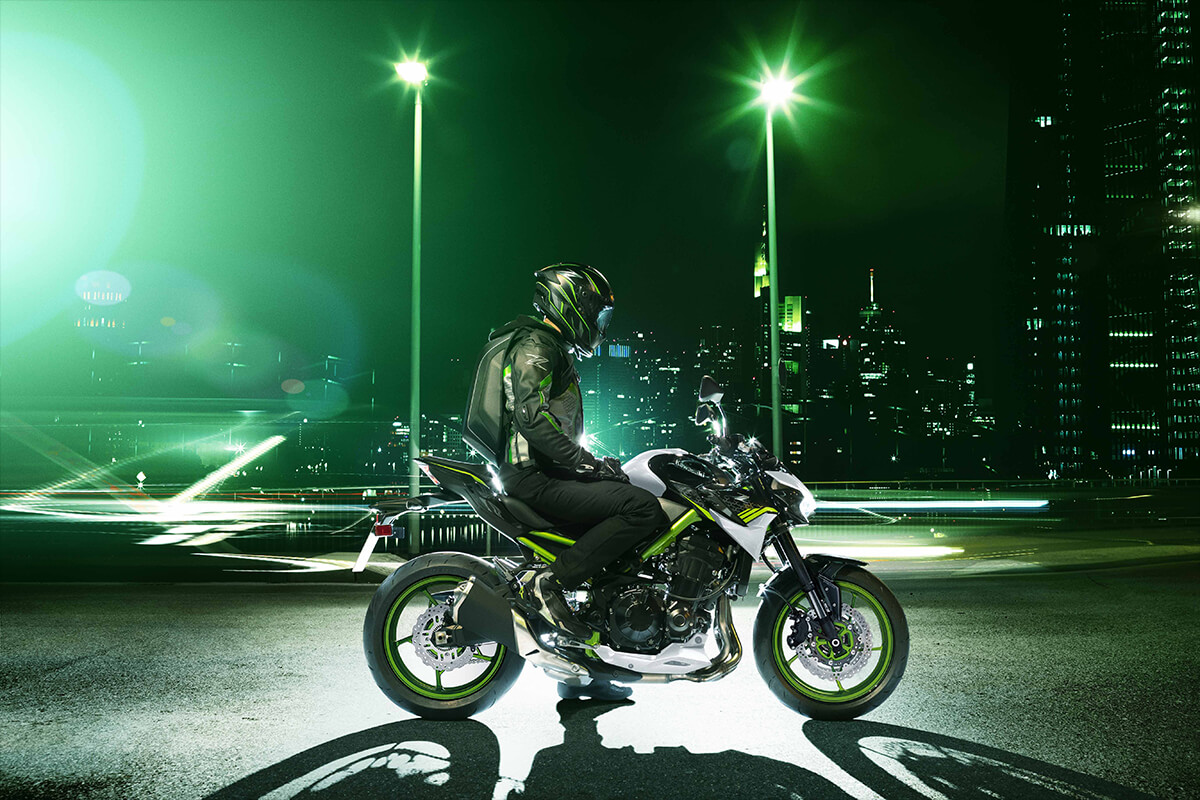
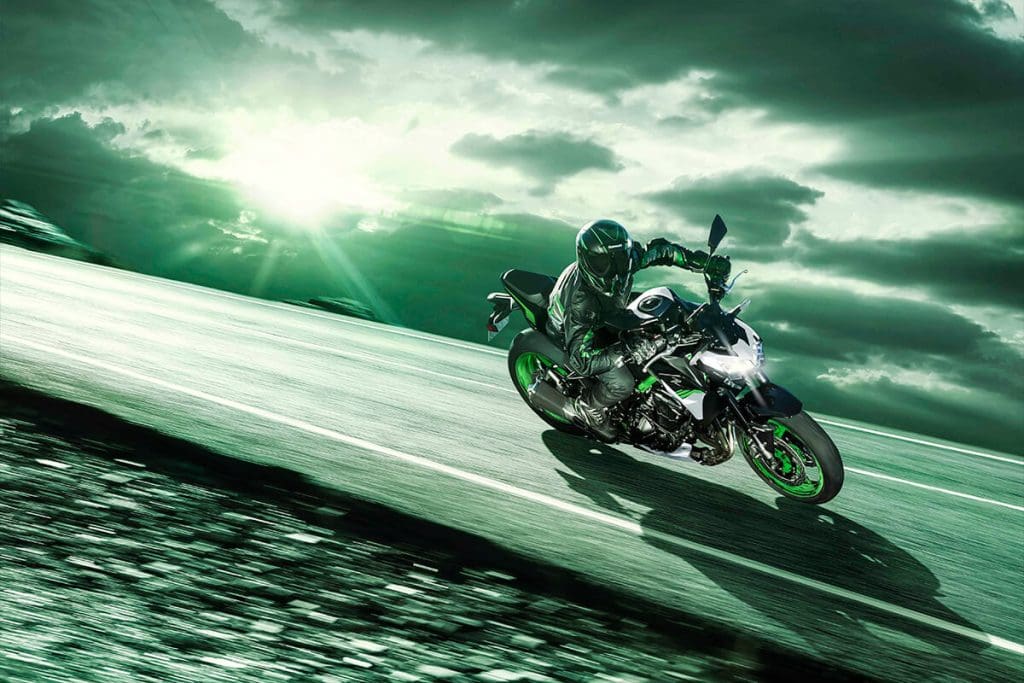
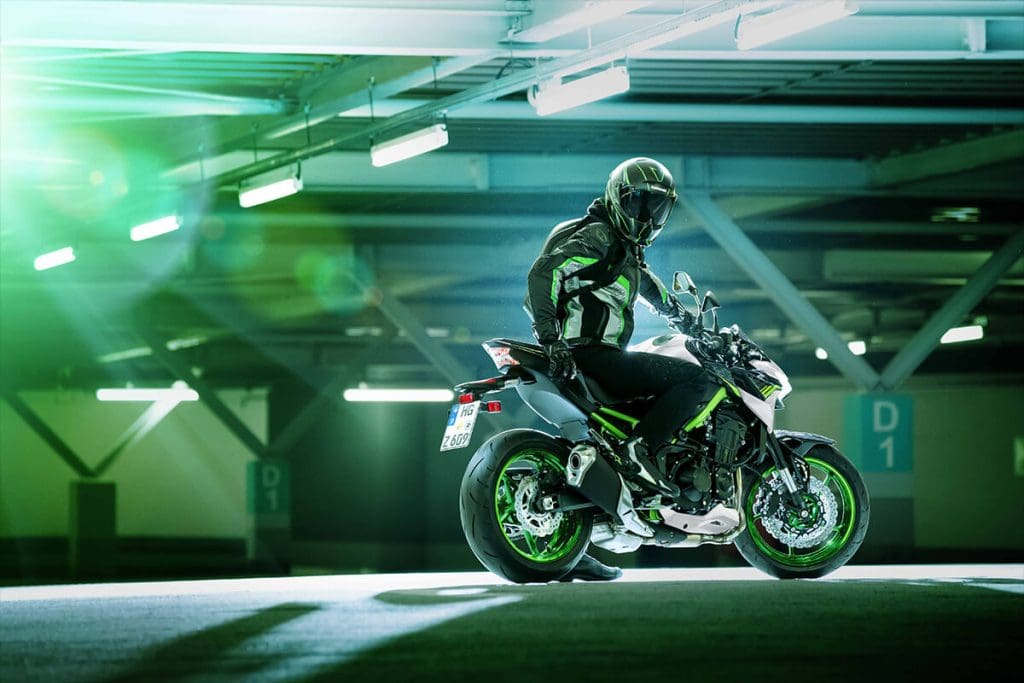
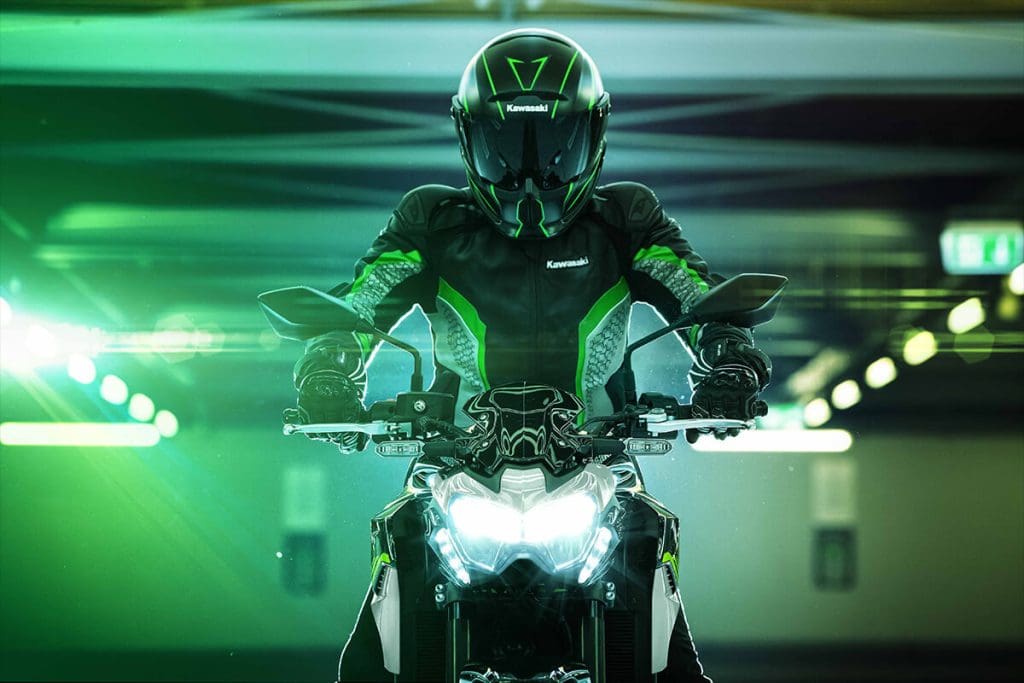


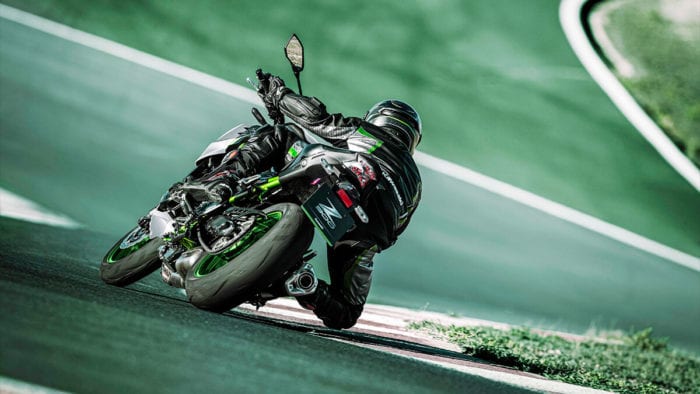
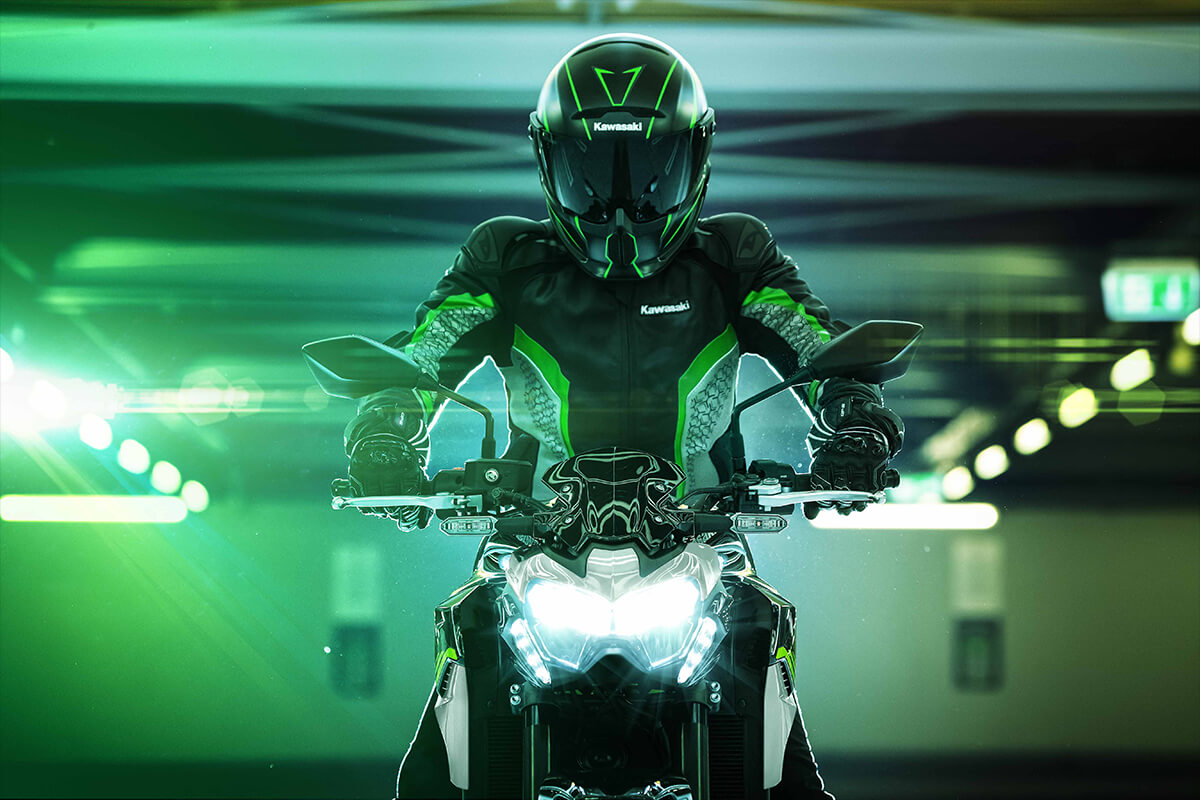
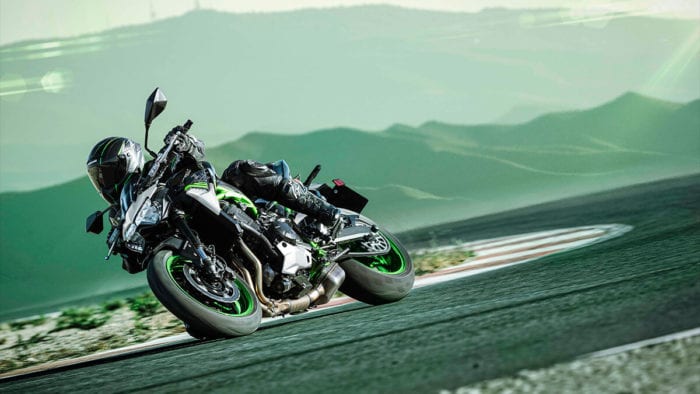
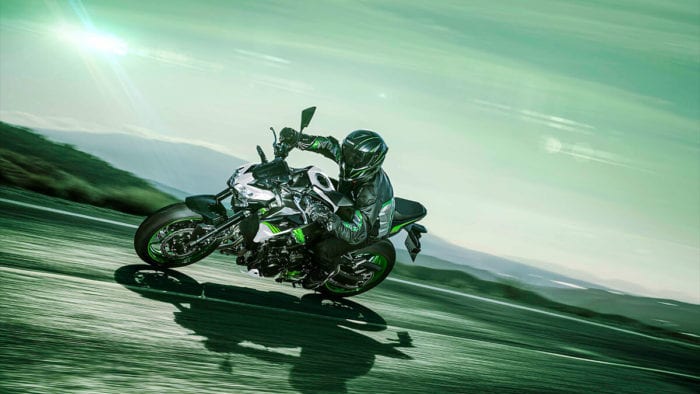
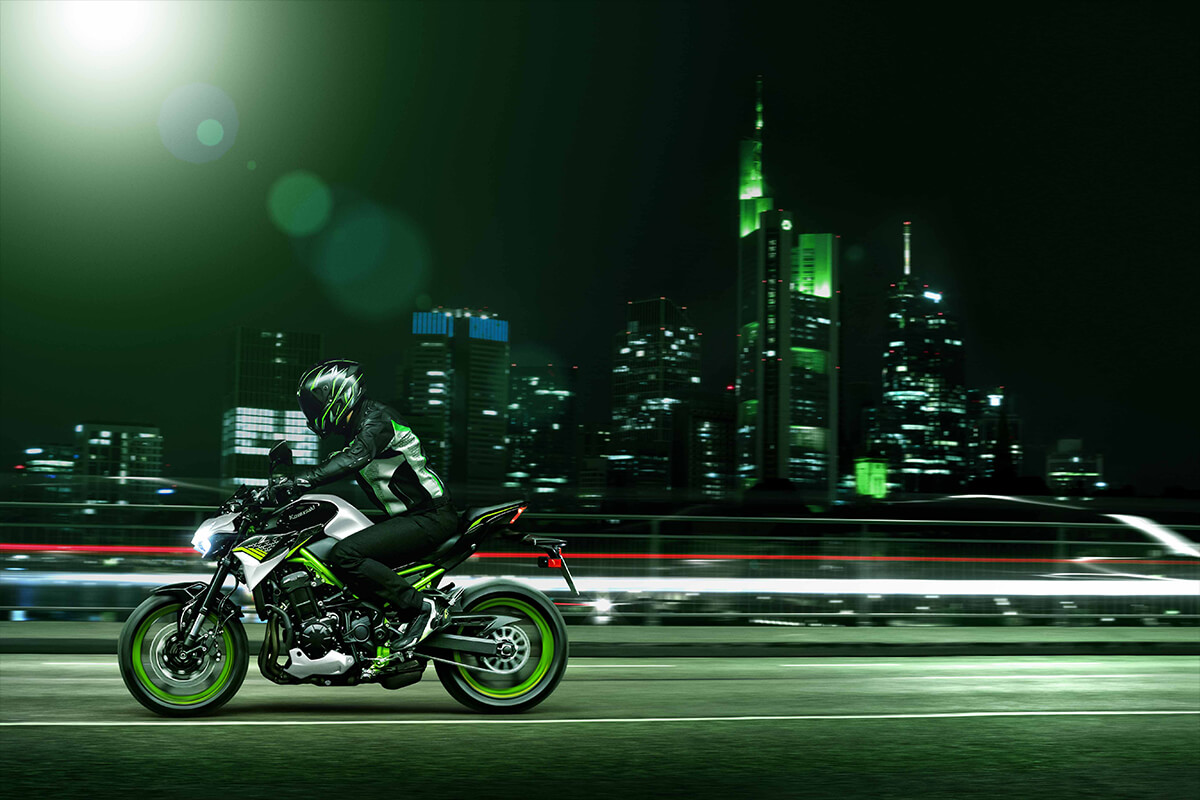

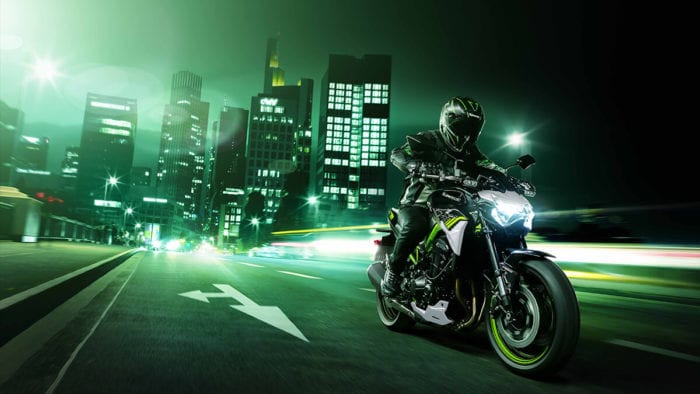
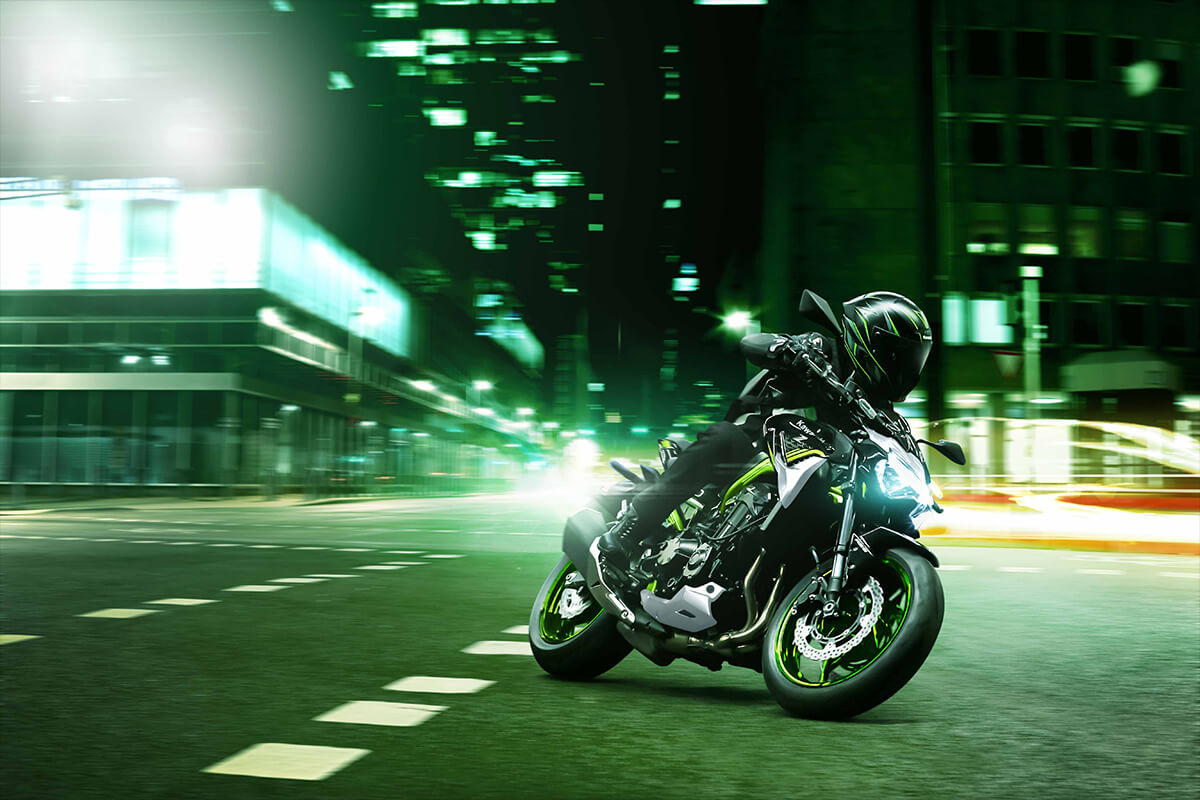
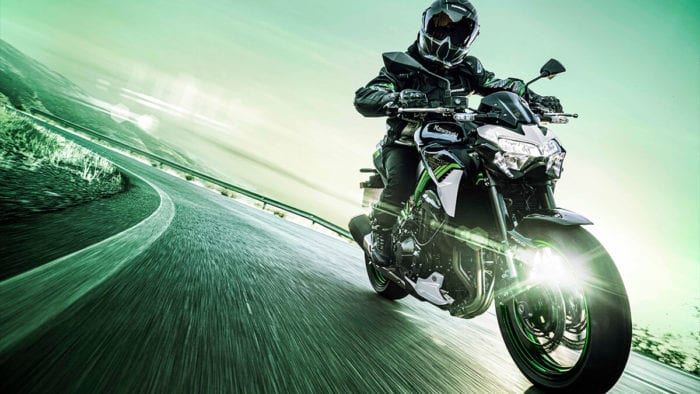
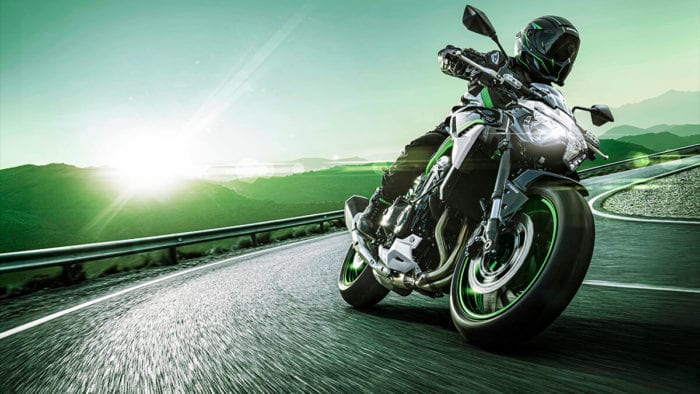

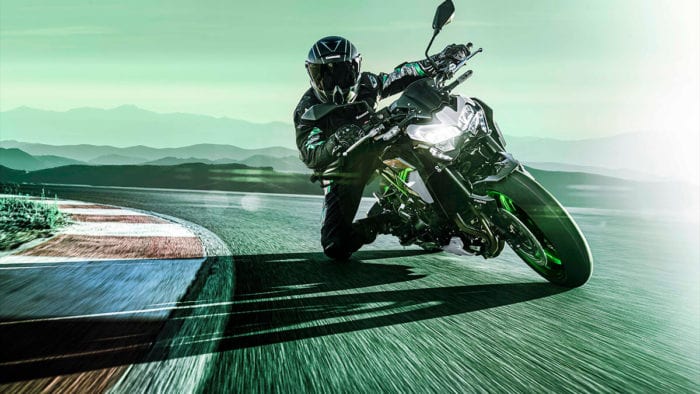
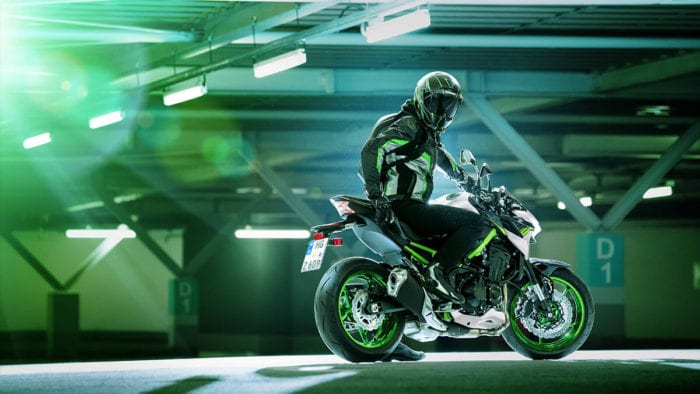




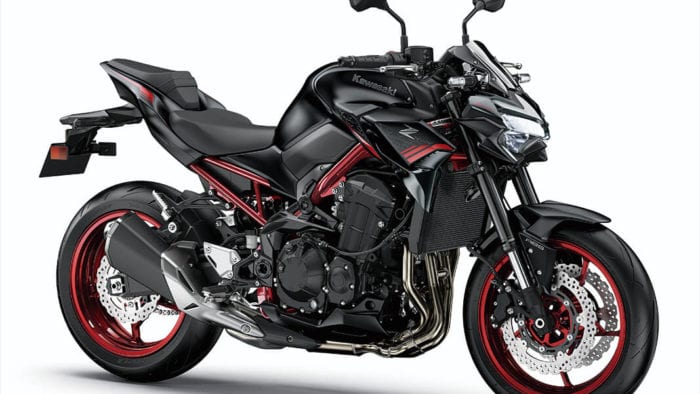
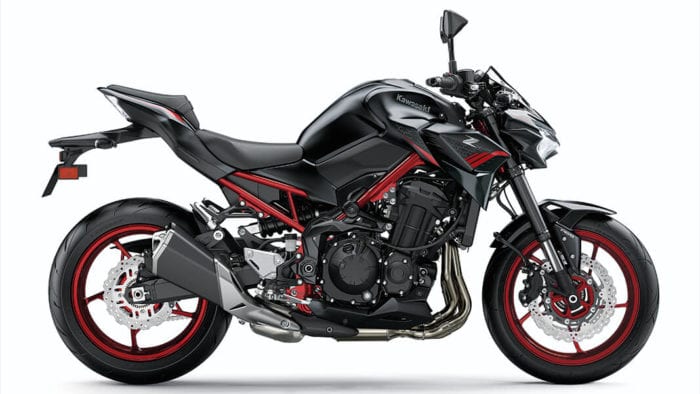

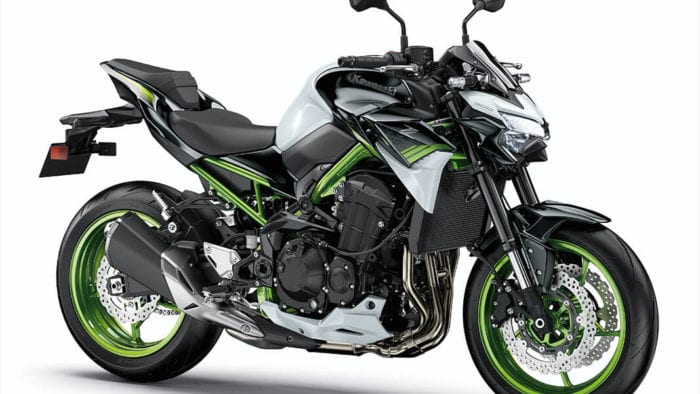



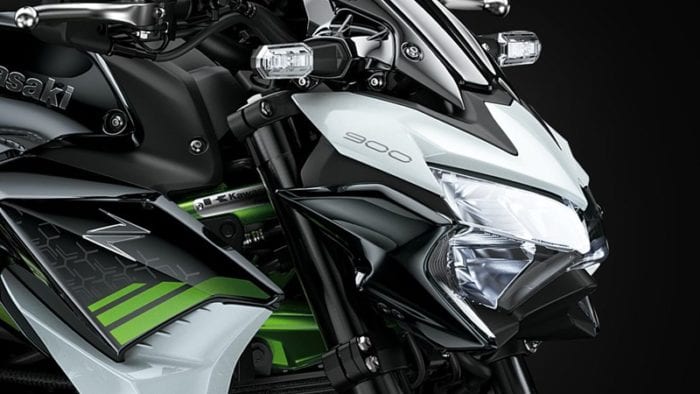
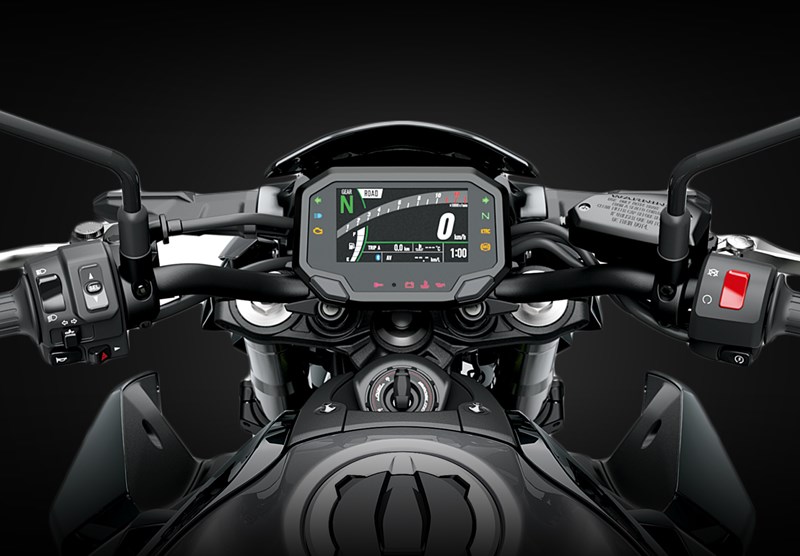
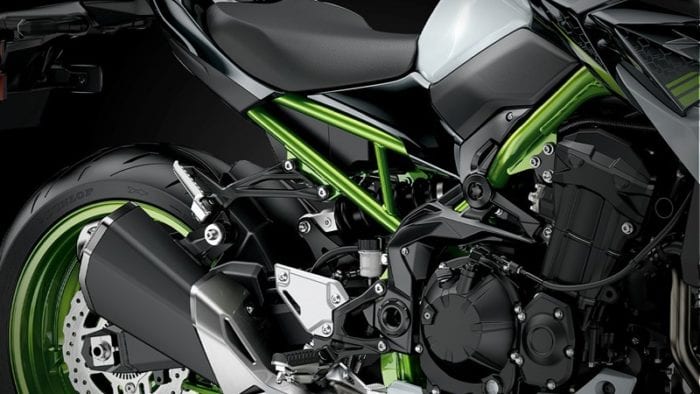
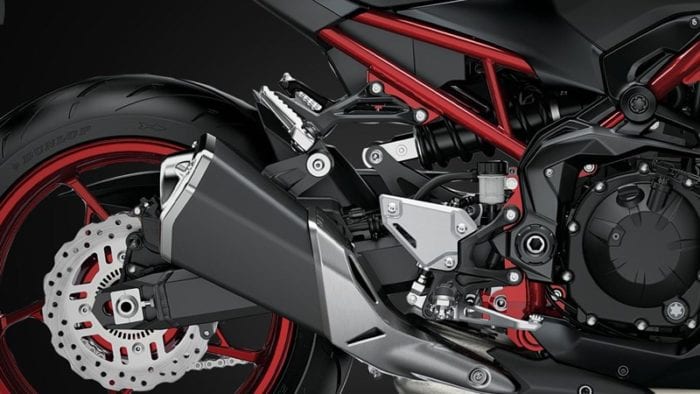
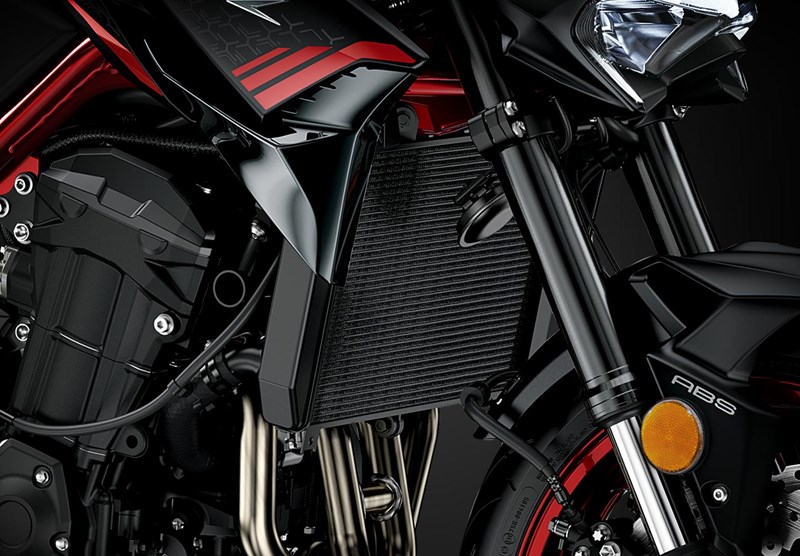
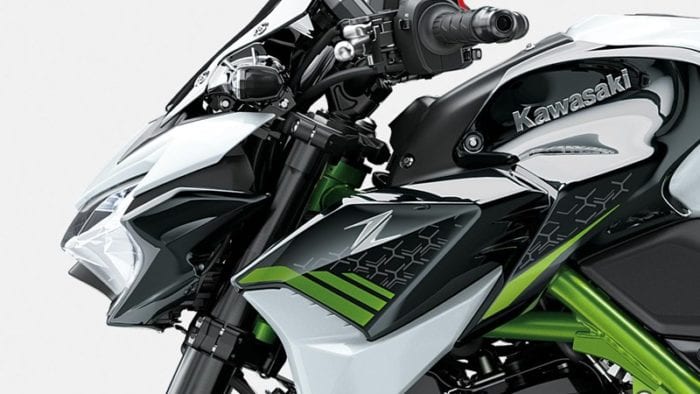
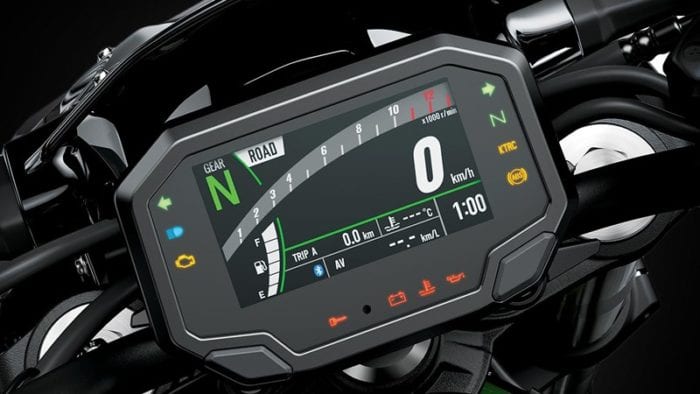

No Comment